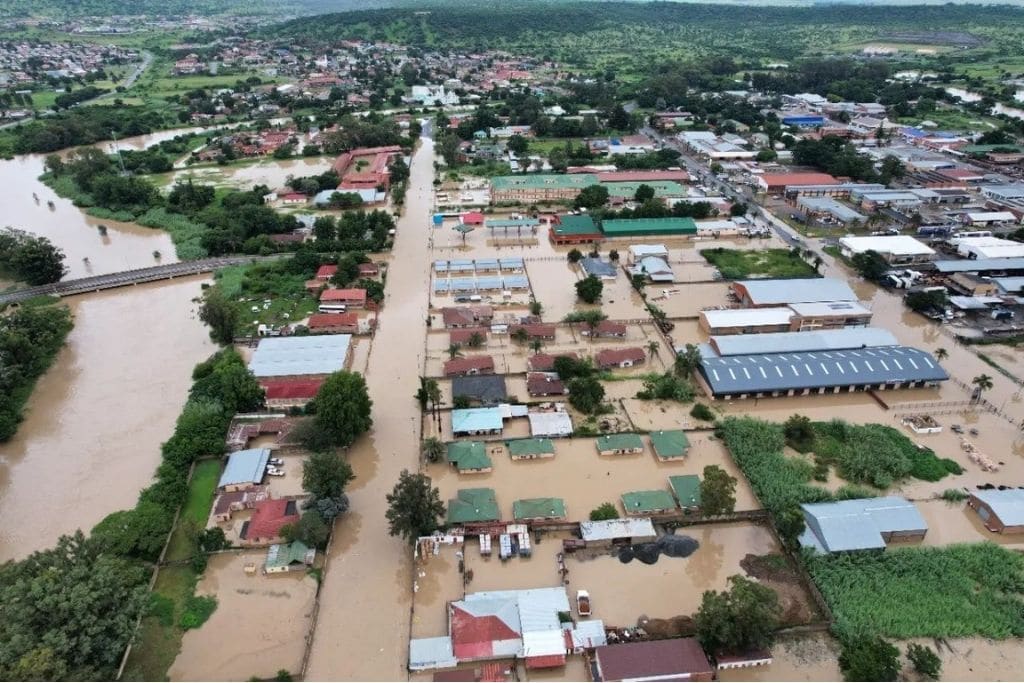
Ibrahim Ismail Elnafat
Flooding In Africa And Its Impact On The Affected Nations.
Most Read Stories Today
-
Water Scarcity and Artificial Rainfall: The Positive and The Negative Effects of Cloud Seeding, including Health Hazards and Climate Implications.
-
Renewable Energy in Rural Areas: Challenges, Opportunities, and Successful Rural Projects
-
Pakistan's Agriculture at Risk Due to Climate Variability
-
South Africa's Recent Floods: Is Climate Change to Blame?
-
South Korea's floods: root causes and prevention strategies.
-
South Africa: Cape Town, A City Under Fire
-
The Human Cost of Climate Disasters
-
Our Oceans, Our Future: The South African Dilemma of Overfishing
-
Degenerative Impact of Hydrocarbons On The Environment.
-
Sustainable Urban Planning - Copenhagen and the Path to Climate Resilience
Flooding is one of the devastating natural disasters occurring globally, and it became a major problem in many parts of the world due to its environmental and socio-economic impacts on the affected areas.
Flooding is universally experienced for a number of reasons. The common causes include both natural and human-induced. However, Sub-Saharan Africa became the only region in the world that has recorded increasing rates of flood-related deaths in the last 30 years. In 2020, floodings in Africa affected over eight million people and caused more than one thousand deaths in the continent.
The global mean surface temperature continues to rise worldwide, unfortunately, the intensity is much greater and faster in Africa. Evidently, the year 2020 became the fourth-warmest year for the continent since 1910.
Floods have accounted for 66 percent of natural disasters recorded in Africa, since 2000.
As of 2022, seasonal rains and ongoing floods in African countries have affected more than two million people since the start of the rainy season this year, destroying hundreds of thousands of homes and leaving millions of people homeless.
According to the 2022 Flood Index, Republic of Congo, Egypt, Nigeria, and Sudan posed the highest risk of flooding in Africa, each with an index score equal to eight points or higher.
In Congo, heavy rainfall and flooding affected more than 70,000 people in 2021, 40,000 people in 2022, leaving hundreds of homes inhabitable.
In Sudan, about 136,000 people have been affected by flood and heavy downpour this year, killing up to 80 people and damaging over 30,000 buildings. Another 460,000 people are also at risk of flooding across the country.
In Nigeria, floods affected more than 500,000 people since January this year, rendering 73,379 people homeless.
In South Africa, more than 400 people died this year as a result of torrential downpour, leaving 12,000 houses destroyed and 40,000 displaced. Costing $1.57bn worth of infrastructural damages in the affected areas.
Extreme rainfalls and huge river flows, increases the risk of floodings even in the areas that weren't previously a known flood prone areas. These undeniable facts are linked to climate change and are definitely a reflection of our current global warming.
Possible Solutions
Afforestation: This development is primarily essential as forests have the capacity to regulate global warming, acting as an important agent of carbon exchange in the atmosphere. This is because forests absorb more than 40% of global carbon emissions, storing trillion of CO2 tons of the world. It should also be noted that deforestation emits more CO2 than all EU-countries combined.
Therefore, its essential;
(1). For Governments to:
✓Constitute immediate/rapid response team(s) for climate related hazards.
✓Establish Climatic research, innovations and information development agency(s).
✓ Be Committed to improving environmental designs and regional (urban/towns) planning.
✓ Allocate specific Public Trust Fund on climate change and its related consequences.
(2). For NGOs or Civil Society Organizations to:
✓ Create Foundations for Climate Change information dissemination.
✓ Initiate educational campaigns on Climate Change awareness and sensitization.
✓ Engage in Mass tree planting campaigns.
(3). As for Communities:
✓ Cooperation and volunteerism should be the centre of their responsibility(s).
Conclusion
Climate change is a universal problem, its impact is catastrophic, and the crisis is anthropogenic. We picked the fight with nature, and now nature is fighting back. Therefore, we got to make peace, if we really mean well to the world.
“There are no borders for climate impacts, What happens in one place can have substantial consequences elsewhere.” Therefore, it is essential for everybody to play their part, including YOU AND I.

Terms & Conditions
Subscribe
Report
My comments